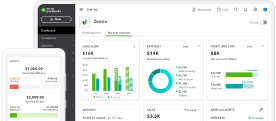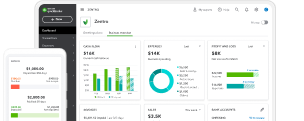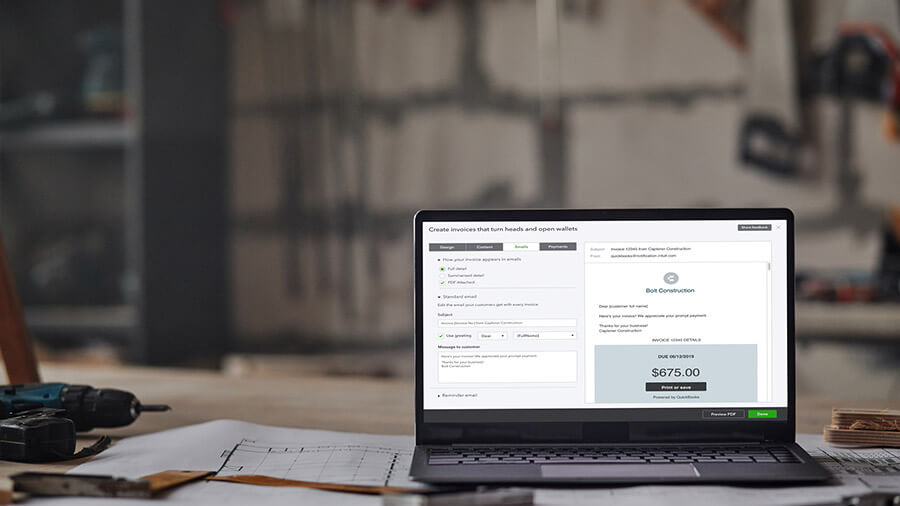As your business evolves, you’ll likely find yourself managing increasing numbers of invoices. Old manual workflows for invoice processing may not be as effective, and the stakes for making accurate payments on time may be higher.
An efficient accounts payable department is vital for helping your business manage its cash flow efficiently. But many employees find themselves caught up with piles of paper invoices and tedious manual data entry.
Lengthy approval workflows, manual data capture methods, and outdated accounting systems ultimately slow your business down.
Even if your business is small and you have just one employee managing invoicing, automation software can help streamline your business processes and save you time in the long run.






